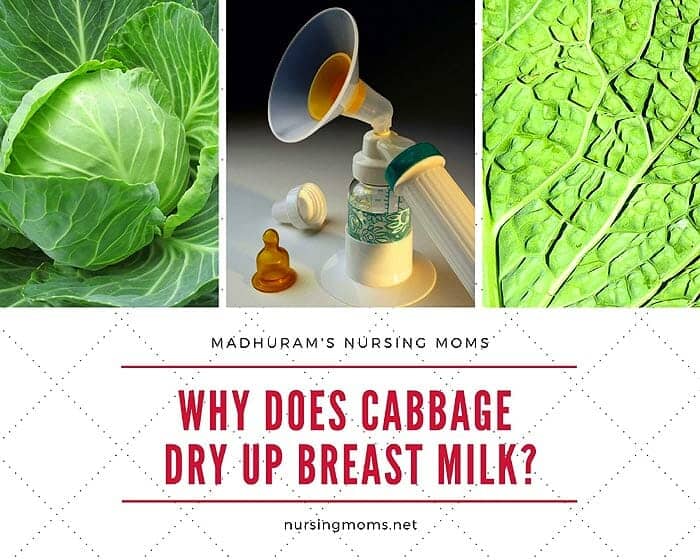
Cabbage leaves seem to have numerous properties that nursing mothers could benefit from. For example, they are known to help stop breastmilk supply when it is time to end the nursing phase and help with engorgement[1] side effects.
Cabbage does dry up breastmilk, according to traditional wisdom, and many mothers confirm this theory. However, it is essential to know that there is no science to back this up, even if there are a few scientific explanations!
Why Does Cabbage Dry Up Breast Milk?
The main explanation for cabbage drying up breastmilk is that the cabbage leaves will absorb the fluids from your breast glands, leading to a reduced breastmilk supply. According to the majority of nursing moms that tried this method, it can take about 12 hours to see results and a significant reduction in breast engorgement symptoms.
How to use cabbage to dry up breast milk?
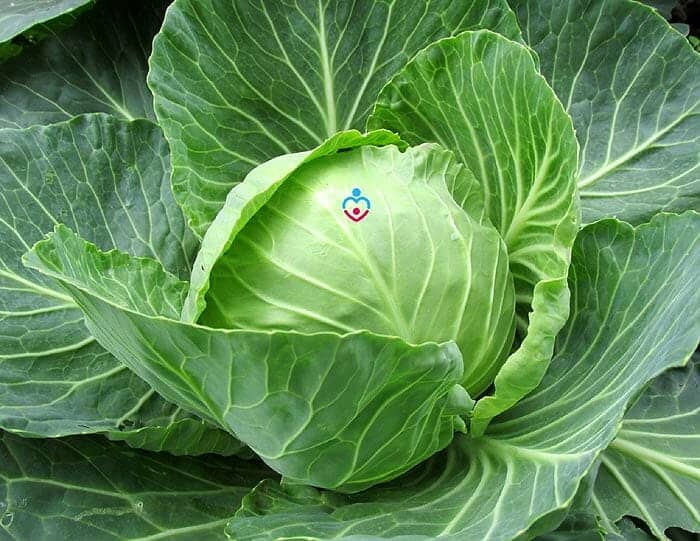
To benefit from this solution and dry up breast milk, you will need white cabbage, a freezer, a loose-fitting bra, and clean clothes.
- Take a few leaves off the cabbage head and place them in the freezer. Make sure you place them in a sealing bag or a container so they don't get in contact with other food you might have in the freezer.
- You can place the cabbage leaves in the freezer 30 minutes or one hour before you plan to use them. It is also essential to have the cabbage leaves intact when you freeze them, so try not to tear them in the process.
- When the 30 minutes or one hour passes, take one or two leaves out of the freezer and try to smash them in your hand with enough force to break the veins. You have to do that to release the vitamins and minerals inside the leaves easier and faster.
- Place the leaves of cabbage over your breasts in such a way that they cover the entire breast area. Then, put on your loose-fitting bra and continue your day until it is time to replace your cabbage leaves.
- You will have to replace the cabbage leaves once you notice that they have wilted. In general, one cabbage leaf will last for up to two hours on your breasts before you have to replace it.
Suggested Reading:
Extra tip: You can use this method if you just started to breastfeed and have breast engorgement symptoms. Also, you can place the cabbage leaves in the refrigerator in a sealed container instead of freezing them. If you place them in the fridge, you don't have to worry about leaving them there for only 30 minutes to one hour as they will be suitable for days!
![]()
Can you eat cabbage as a nursing mother?
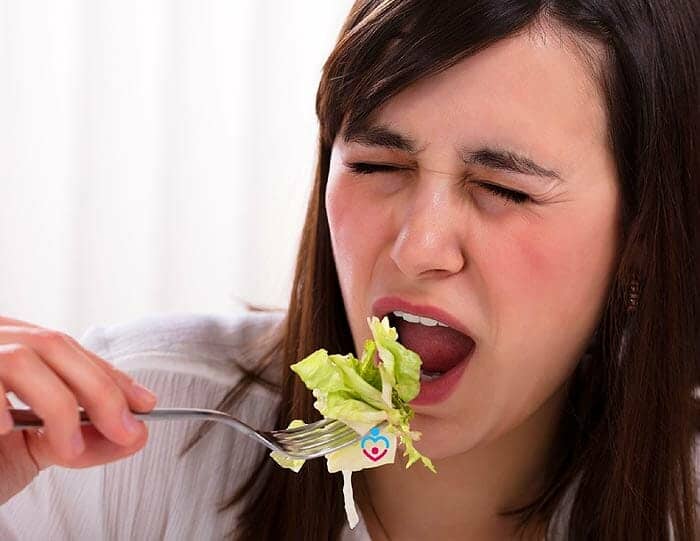
On the other hand, if you are not looking to dry up your breastmilk supply and want to add cabbage to your diet[2] as a nursing mother, you might want to think twice.
- The opinions about eating cabbage as a breastfeeding mother are split. Some healthcare providers advise against it as it can make you gassy, and it can make your baby gassy too.
- However, this theory is not backed up by scientific studies. Some researchers sustain that mothers that eat gassy foods don't transmit those gassy effects to their babies.
- On the other hand, eating cabbage during nursing is not going to bring you many benefits. Cabbage has plenty of nutrients and vitamins such as vitamin K, vitamin C, and vitamin A. Still, you can find these nutrients even more concentrated in other sources.
So, you can decide to eat cabbage or not according to how much you like it. But, if you do eat it, watch to see if it has any gassy effects on your baby.
Suggested Reading:
![]()
Other uses of cabbage for nursing mothers
Besides helping to dry up breastmilk, cabbage leaves could have other benefits. For example, you can use cabbage leaves to treat Mastitis symptoms, breast engorgement, and other breast inflammation!
A) Using cabbage leaves for mastitis
Mastitis is a breast inflammation that sometimes can turn into infection as well. Blocked ducts, as well as bacteria, are the leading causes of mastitis.
- Keep in mind that using cabbage leaves shouldn't replace the treatment your doctor suggests for you. But you can count on this method to alleviate some of the pain and inflammation caused by mastitis.
- Remove a few cabbage leaves from the cabbage head and chill them in the fridge. You want to smash them a bit in your hand before placing them on your breast, so their hard vein softens.
- Place the cabbage leaves on your affected breast but leave the nipple uncovered, especially if you have cracked nipples too.
- You can remove your cabbage leaves and replace them with fresh ones when they feel warm. Use this up to three times a day but not more, unless you are weaning because you don't want to reduce your breastmilk supply.
Suggested Reading:
![]()
B) Cabbage leaves for engorgement
Engorgement can be painful and very uncomfortable, so you will naturally want to use a reliever to help you during this phase.
- In normal circumstances, breast engorgement symptoms start to decrease in one or two days. But cabbage leaves can help you significantly in this critical time frame.
- You want to use the cabbage leaves for engorgement; similarly, you use them to keep mastitis under control. But you will have to make sure you don't overdo it since cabbage leaves can also reduce your breastmilk supply.
- Apply cabbage leaves on your breasts twice or three times a day, and don't let them on for more than 20 minutes at a time to not risk affecting your breastmilk supply.
If your breast engorgement symptoms persist, you will want to talk to your doctor for more potential treatments.
Suggested Reading:
![]()
Final Thoughts
As you can see, cabbage leaves can help you in several situations during nursing, not just as a weaning aid. Their ability to absorb fluids will reduce breast inflammation, breast engorgement symptoms, and breastmilk supply.
Even if cabbage leaves can help with mastitis, breast engorgement, and other breast inflammation, women mostly rely on them during the weaning phase. Plus, cabbage comes at reasonably low prices, so you can always have it in your fridge for such situations.
![]()



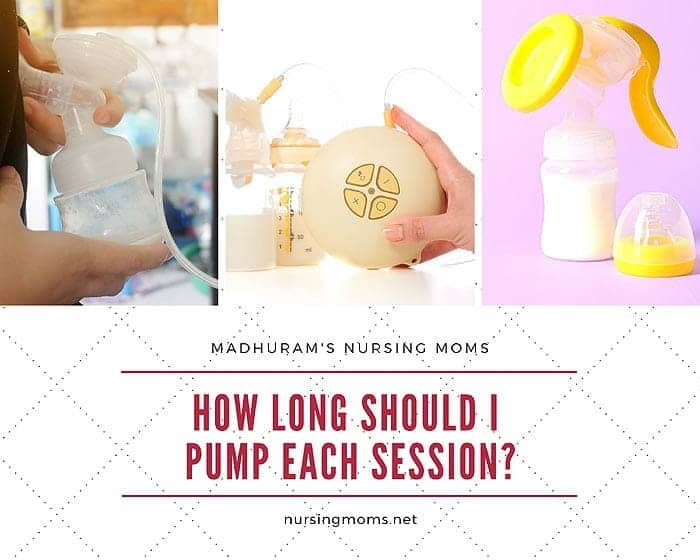
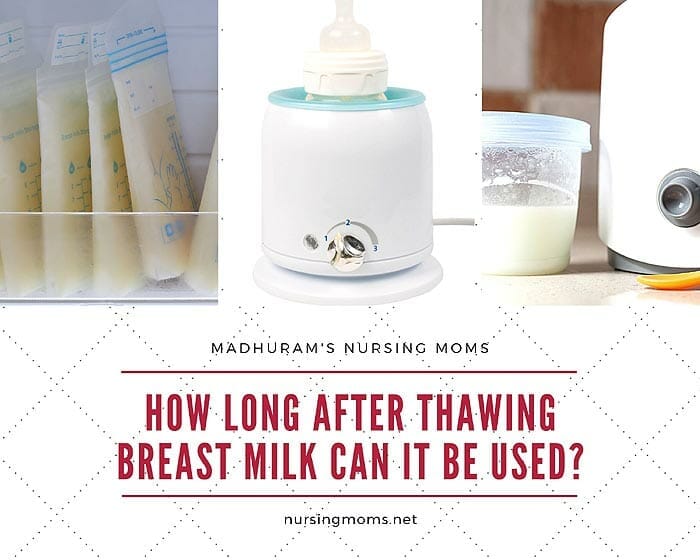
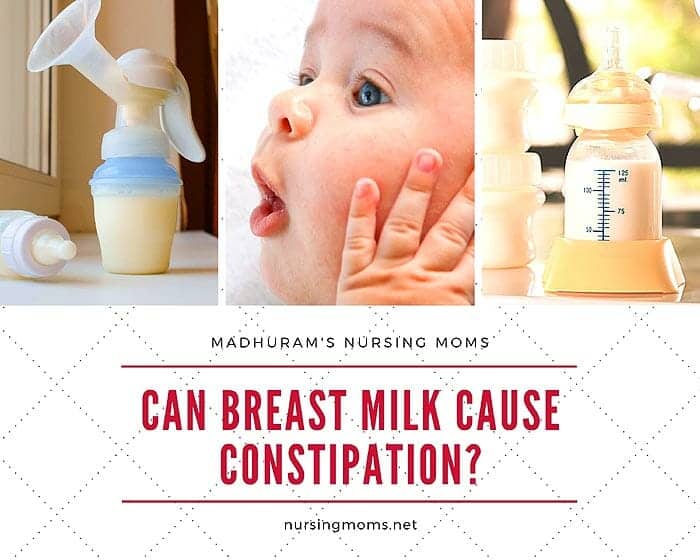



Leave a Reply